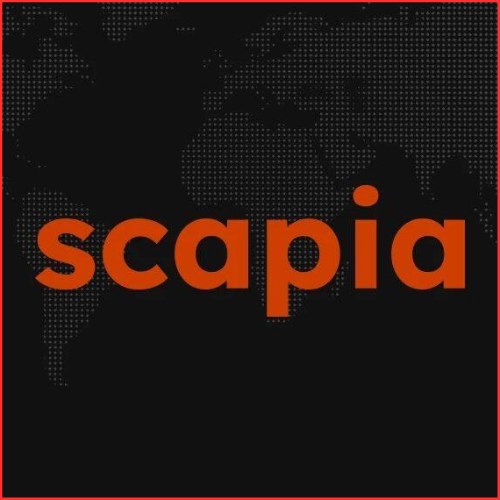Depositors were concerned about the stability of Signature Bank after Silicon Valley Bank failed because of the bank’s high proportion of uninsured deposits, exposure to cryptocurrencies, and other tech-related loans.
Over 40 Signature Bank locations will become Flagstar Bank as of Monday after New York Community Bank agreed to purchase a sizable piece of the bankrupt institution.
The Federal Deposit Insurance Corp. announced late Sunday that New York Community Bank has agreed to pay $2.7 billion to acquire a sizeable portion of the bank that failed, Signature.
Starting on Monday, Flagstar Bank will operate the 40 Signature Bank locations. One of New York Community Bank’s subsidiaries is called Flagstar. A little more than a third of Signature Bank’s assets at the time of its failure a week ago, or $38.4 billion, will be acquired as part of the agreement.
According to the FDIC, $60 billion in loans from Signature Bank will continue to be in receivership and should eventually be disposed off.
48 hours after Silicon Valley Bank failed, Signature Bank became the second bank in this banking crisis to fall. A significant commercial lender in the tristate region, Signature, based in New York, had recently entered the cryptocurrency market as a potential growth industry.
Depositors were concerned about the stability of Signature Bank after Silicon Valley Bank failed because of the bank’s high proportion of uninsured deposits, exposure to cryptocurrencies, and other tech-related loans. When it was shut down by authorities, Signature was the third biggest bank collapse in American history.
A bank with its main office in Hicksville, New York, New York Community Bank, Inc. (NYCB) has 225 branches there as well as in New York, New Jersey, Ohio, Florida, and Arizona. In the list of the biggest banks in the country is NYCB.
The New York Community Bank is renowned for avoiding riskier products and concentrating on assets that generate revenue in order to maintain regular cash flows despite unfavorable credit cycles. The majority of the loans that the bank originates are either multi-family or commercial loans, many of which are made to buildings in New York City that are fully able to generate income and are therefore governed by the city’s rent control legislation. Since commercial real estate construction loans are too risky in their opinion, New York Community Bank, the largest lender in the New York City metro area as of 2015, does not even offer them. This sets them apart from its larger, more established national competitors.















